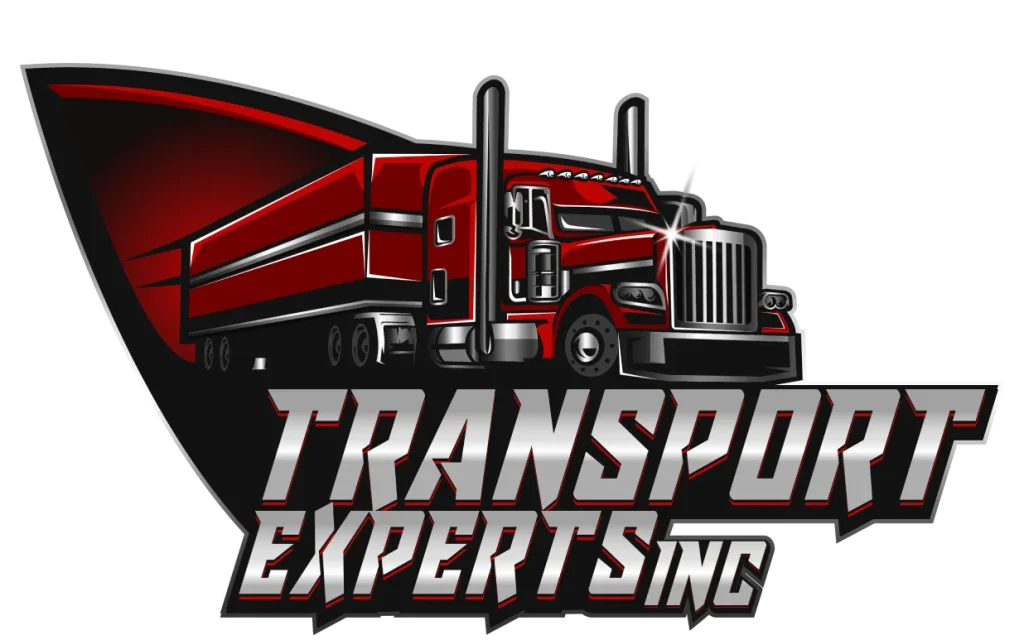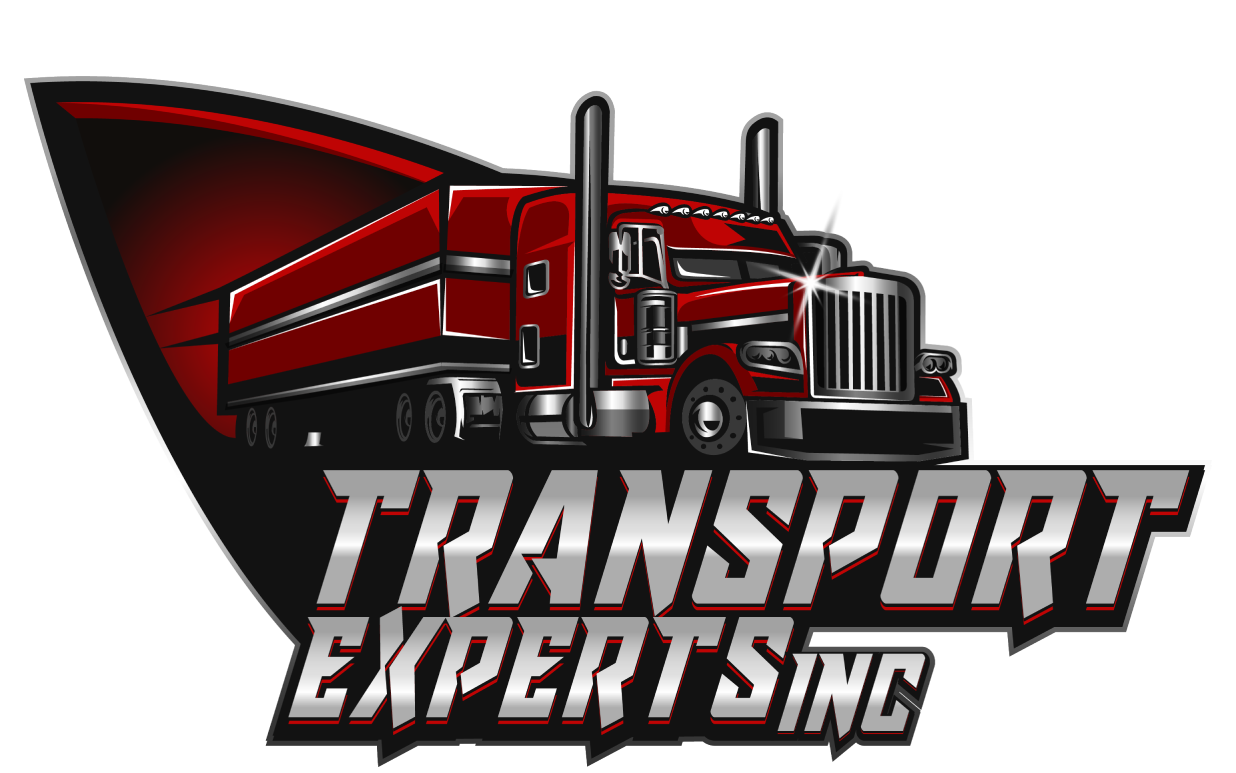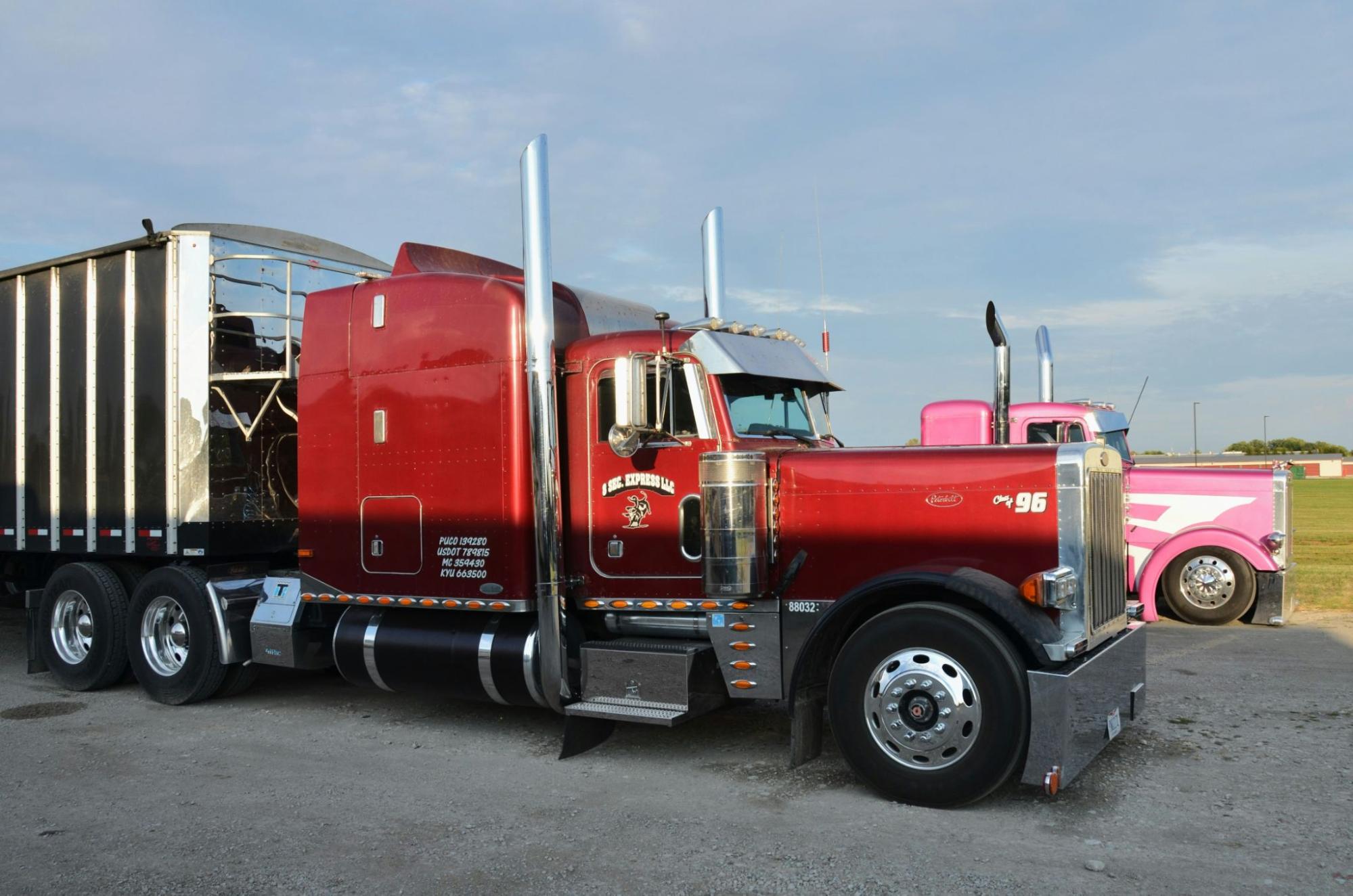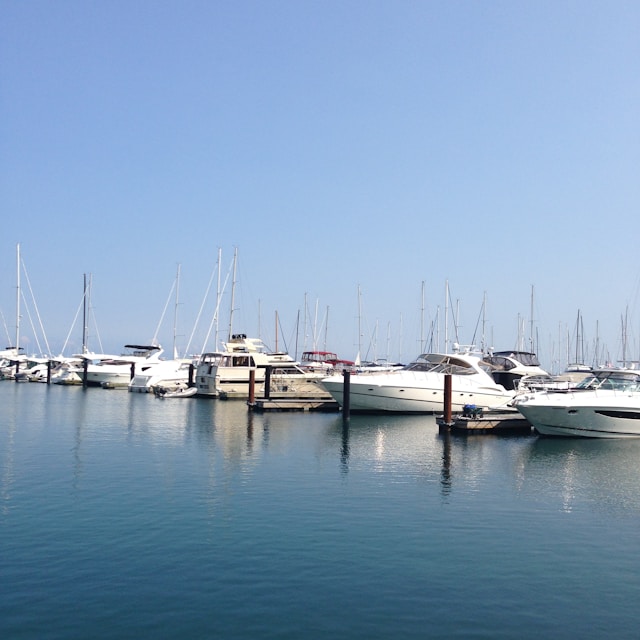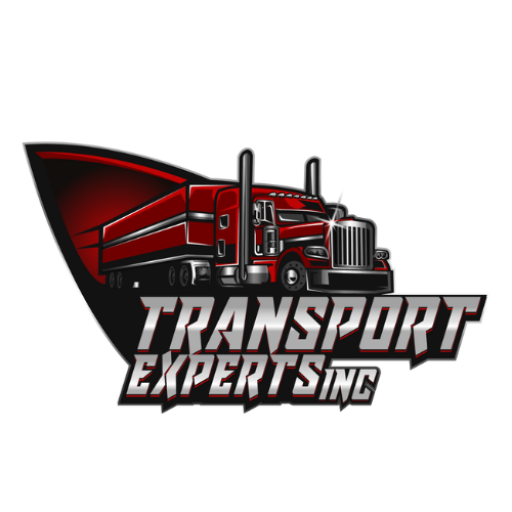When you drive on America’s vast network of roads, you’ll eventually hear people toss around terms like expressway, freeway and highway as if they mean the same thing.
The difference between expressways vs freeways isn’t always obvious, especially when road signs use the words interchangeably. Understanding these differences matters more than you might think.
Knowing whether you’re on an expressway vs highway, or freeway can change how quickly you arrive, what kinds of vehicles are allowed, and whether you’ll encounter toll booths along the way.
This complete guide breaks down the definitions, designs and benefits of each road type in plain language and shows how they impact travel efficiency for everyday drivers and heavy‑haul shipments alike.
What is an Expressway? Key Features and Characteristics
An expressway is built to transport traffic between areas as fast as possible without routing vehicles through congested downtown streets. The Wisconsin Department of Transportation describes an expressway as a through traffic and full or partial access control highway, divided arterial highway.

This implies that opposite traffic lanes are divided by a median or barrier, and there are a limited number of exit and entry points.
Since access control can be partial, a few at-grade crossings or driveways remain on some expressways. Simply put, the typical expressway tends to maintain a higher speed than an average highway due to the reduced number of intersections, although motorists may still need to pass through an occasional crossroad or stoplight. An expressway normally consists of more than one lane.
According to the Encyclopedia Britannica, it is a large arterial divided highway with two or more lanes in each direction, featuring a median strip, eliminating grade crossings, and controlled exits and entrances.
Expressways are more comfortable to drive than smaller highways because they eliminate sharp curves, steep grades and other hazards. They have the advantages of being very fast, offering more safety and comfort to drivers, and reducing vehicle operating costs.
Most expressways are also toll roads, but this is not a crucial characteristic. Certain states construct expressways to someday become part of the freeways.
According to the Michigan Highways site, highway departments occasionally open a highway as an expressway with few crossroads and revert the crossroads to overpasses or underpasses; after the final crossroad has been separated, the highway becomes a freeway. This progressive method allows authorities to enhance corridors incrementally, rather than halting all traffic completely while building the roads.
Access points show up as one of the differences between the expressways and freeways as perceived by a user. Since an expressway might still contain a few at-grade intersections, you might find yourself slowing down or halting in front of a cross street. Nevertheless, the road continues to give priority to traffic.
Drivers of heavy hauls ought to pay attention to the difference between an expressway and a highway since some expressways do not allow slow-moving farm equipment or foot traffic, and yet some commercial vehicles not allowed on a freeway are allowed on an expressway.
Carriers need to be aware of the partial or full control of access over the road when designing routes around oversize loads or time-sensitive deliveries.
Expressway vs Highway: Everyday Driving Considerations
A wide road is often considered by many to be a highway but highway is simply any public road which links towns or cities. Highways can go through communities, and they can have many driveways, crossings, and traffic lights. On the other hand, expressways include medians and points of control to maintain the flow of vehicles in a more efficient manner. To the daily commuter, an expressway as opposed to a local highway can be the difference between more stops and a quicker ride. Commercial drivers need to make a comparison between expressway and highway routes when making their delivery plans; the expressway has controlled entrances and exits that minimize the occurrence of random delays, but it might require the use of tolls or restrictions on oversize loads.
Traffic Rules on Expressways
States vary regarding laws concerning what vehicles are permitted. The Wisconsin laws mention that some expressways do not allow pedestrians, mopeds, bikes or other vehicles that do not run on motors. Most expressways have minimum speed limits that limit slow traffic. You should read the signs posted when on an expressway and plan on the expressway. When carrying heavy machinery , it is important to ensure that the expressway allows your car size and weight. The distinction between expressways and freeways is not only in their design, but may also influence what type of vehicles you can drive.
What is a Freeway? Understanding Its Design and Purpose
When discussing modern transport systems, the question of freeway vs highway often arises, as both play an essential role in connecting people, goods, and regions.
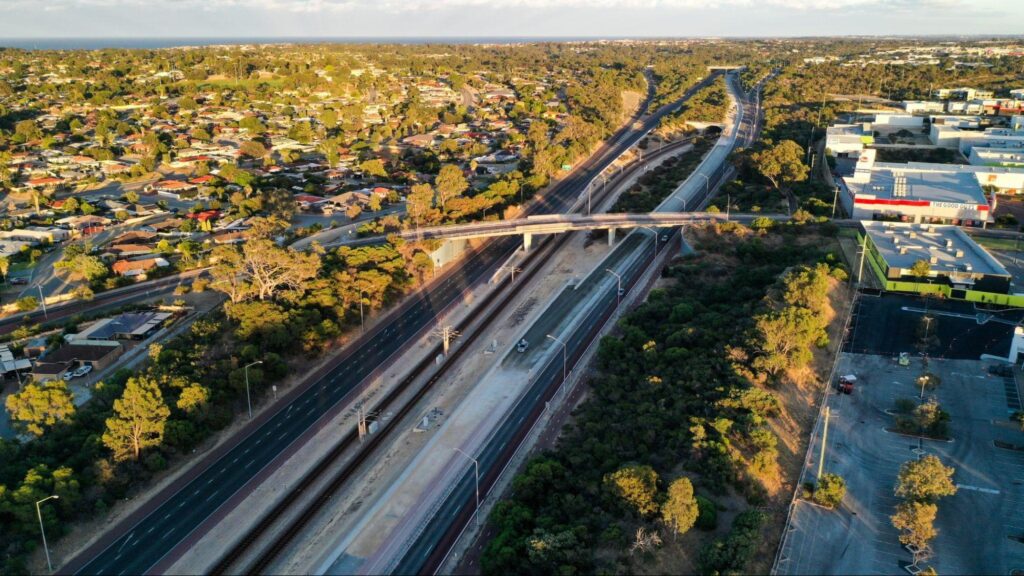
Design and Structure of Freeways
A freeway, however, is a more advanced form of highway, specifically designed for high-speed, uninterrupted travel. Unlike a general highway, which may include intersections, pedestrian crossings, and direct access to local streets, a freeway is a controlled-access road built to eliminate these obstacles and ensure continuous traffic flow.
Entry and Exit Control
Drivers can only enter or exit a freeway through carefully designed ramps, and roads that cross the freeway are managed through interchanges, overpasses, or underpasses. This design removes the possibility of stoplights or cross-traffic and allows vehicles to move smoothly at consistent speeds over long distances.
Efficiency and Safety of Freeways
In the debate about the freeway and highway difference, the freeway is seen as the more efficient and safer option because it reduces delays, minimizes accident risks, and offers greater reliability for travelers and businesses.
Features of Freeways
Freeways usually consist of multiple lanes in each direction, with wide shoulders, barriers, and medians that not only increase capacity but also provide added safety in case of emergencies.
Importance of Freeways in Modern Transportation
Their role in modern transportation networks is vital, as they facilitate long-distance commuting, regional trade, and freight hauling by saving time and lowering operating costs.
Freeways for Logistics and Trade
For instance, a logistics company transporting perishable goods across states will always benefit from using a freeway rather than a regular highway, since the journey is free from interruptions that would otherwise come from intersections or mixed-use traffic.
Expressway vs Freeway: Key Differences Explained
Though expressways and freeways have a lot of similarities, there are notable differences in construction and regulation of the two roads. The difference between expressways and freeways will be understood so that you can make the right choice on what route to take.
-
Access Control and Intersections
A road with complete control of access and every crossroads segregated in grade is known as a freeway. That is to say, you can only get in or out of the freeway, on-ramps and off-ramps. No cross traffic is formed at points where there are intersections between the main lanes. According to the Michigan Highways site, a freeway is technically a controlled-access highway.
Due to the fact that vehicles are not required to cross the main lanes at grade, freeways are able to maintain a higher speed and safer traffic flow. In comparison, expressways can partially control access; certain cross streets or access drives can cut across the highway and the driver will have to decelerate or halt.
-
Design and Lane Separation
Both freeways and expressways are divided highways with several lanes, but freeways are constructed to be used for continuous high-speed traffic. According to the Wisconsin law, an expressway is a divided arterial highway which has full or partial control of access and which in most cases has grade separations at crossroads.
A freeway, however, should be able to exercise complete control of access and all crossroads that are segregated in grade. This involves all the entry and exit points by way of ramps and there are no traffic lights/stop signs on main roads. In common use, an expressway might actually experience a sense of a freeway most of the way, but still have some at-grade intersections, whereas a freeway is continuous at both ends.
-
Speed Limits and Traffic Flow
Since the cross traffic is nonexistent in freeways, they have a higher speed limit than expressways . Speed limits along the freeways can be over 70mph in rural settings and the expressways occasionally reach 55-65 mph, particularly at intersections or urban centers. The Britannica article points out that expressways are meant to eliminate steep grades, sharp curves and hazards, yet the existence of few cross streets can still necessitate the use of lower speed limits.
Practically, there are fewer stop-and-go situations in freeways since there are no traffic lights and cross streets. This distinction between expressways and freeways becomes noticeable when you hit an intersection on an expressway and have to slow down, but can ride at a steady pace on a freeway.
-
Tolling and Funding
A lot of expressways are tolled roads – consider toll road parkways or turnpikes run by private companies. Tolls are used to finance both maintenance and construction without necessarily depending on taxes. The article in the Britannica states that although a good deal of new expressways in the United States are built as toll roads, they are not a necessary feature but are incidental.
Tolling also may apply to freeways (as does some Interstate), although a more significant portion of freeways in the U.S. is publicly funded and free. Expressway or highway routes: when making a comparison between expressway and highway routes between two points, do not forget to include the toll rates. Freeways can be free, but can involve taking bypasses to access entry ramps; expressways can be shorter, but will cost money.
-
Usage and Vehicle Restrictions
Since freeways are meant to be used in high speed and long distance travelling, they usually prohibit some vehicles. In Wisconsin, highway officials are permitted to ban pedestrians, bicycles, mopeds or other slow moving traffic on the freeway and expressway . These restrictions are more often enforced by freeways, though certain expressways may allow bicycles on shoulders.
The Michigan Highways article mentions that pedestrians and non-motorized traffic are typically denied access to controlled-access highways. In selecting either an expressway or a freeway, the heavy haul carriers should inquire whether or not oversize loads are allowed. Large trucks are meant to fit in the wide lanes and shoulders of freeways, and some expressways might limit height or weight over at-, or grade, crossing.
Expressways and Freeways: How Do They Affect Transportation Efficiency?
The difference in design between freeways and expressways does not have hypothetical implications on the efficacy of human and goods transportation. To minimize the congestion in the conventional highways, transportation planners designed controlled-access roads to enhance the long-distance transportation.
The distinction between expressways and freeways is important to drivers and other logistics professionals because it allows them to identify the route that provides the best combination of speed, price and comfort.
-
Speed and Travel Time
Freeways give cars the chance to move at a faster and reduced number of interruptions. Freeways also minimize the risks of collisions by removing all at-grade crossings and improving the flow of traffic. This design implies that the traffic flows in the freeway are likely to be less unpredictable during rush hours. Faster than normal highways, expressways can still have periods of congestion at crossroads or at the places the traffic is mixed on the surface.
An expressway may have a 55 mph speed limit with periodic stops; a parallel freeway may permit 70 mph continuous travel. Freeways offer a high level of benefit when there is a need to meet deadlines such as emergency response or just-in-time delivery of cargo.
-
Safety Considerations
The elimination of cross streets and traffic lights increases the safety level. According to Wisconsin laws, the freeways are those with accesses and grade separations under complete control. This design minimizes a right angle collision. Even though expressways are only partially controlled, their conditions are still safer than those of local roads since driveways and cross traffic are limited, but they can also contain some crossroads.
Freeways offer improved conditions to drivers who have hazardous materials or oversized loads because the shoulders are wider and the view lines are clearer. According to the Britannica article, the removal of sharp curves and steep grades by expressways contributes to increased safety- which extends also to freeways.
-
Fuel Efficiency and Costs
A consistent velocity on a freeway is effective in consumption of fuel. When vehicles are able to cruise without a high frequency of acceleration and braking, they use less fuel. On expressways, vehicles can decelerate at a cross street or stoplights that consume more fuel. Some expressways have tolls, but the time saved and the fuel saved can pay it off. When long-distance freight carriers are computing cost per mile, it is beneficial to comprehend the distinction between a freeway and an expressway to select a path to balance tolls, gas usage and delivery time.
-
Impact on Heavy Haul and Freight Transport
The oversize or overweight items carried by heavy haul operators usually need special permits and escorts. These loads can be required to bypass sharp turns, bridges with weight limitations or low clearances. Such shipments go best on freeways, which are designed to travel at high speeds with large lane widths. Expressways can be successful with certain oversize loads, but at intersections, at grade, smaller curves or even occasional stoplights may be problematic.
Pedestrians, non-motorized vehicles, farm machinery, in general, do not have access to controlled-access highways. This limit will mean that large trucks will not be sharing lanes with sluggish vehicles. Carriers must make comparisons between expressway and highway route planning and also between freeway alternatives. A freeway might offer a more direct route and a safer route, but some expressways allow large vehicles but demand slower speeds because of partial access control.
-
Environmental and Community Impact
Although freeways promote movement over long distances, they also interfere with communities since they do not necessarily pass through city centers. Expressways that at times run along preexisting road lines can be nearer to towns and offer more accessibility locally.
When local governments desire to balance between the development of the locality and traffic, they tend to use expressways. By appreciating the distinction between expressways and freeways, planners are able to create road networks that will address the mobility requirements of the region in addition to addressing the needs of the community.
Choosing Between Expressways and Freeways: Practical Advice
Whether you are planning a family outing or are leading a fleet of transport trucks, you have to consider a number of factors before you choose between an expressway and a freeway. Each type of road has its pluses which best fit various purposes of travel.
-
Consider Travel Time and Distance
When you are in a real hurry between two cities then the freeway is generally the best option. Its maximum access control and grade separation implies that you can keep a faster mean speed. The Wisconsin law is clear that the freeways separate all the crossroads along the main lanes. The design also avoids unscheduled halts and saves time in general.
Even expressways can be quick, particularly when they are not interrupted by intersections, but there are times when you can find yourself crawling. When you are on a short trip or you are on a route that will take you on the expressway, then the difference in time may not be a big one.
-
Check for Tolls and Fuel Costs
Tolls can add up quickly, especially for commercial vehicles. Many expressways are toll roads, while freeways are often publicly funded. Before choosing a route, factor in toll expenses and weigh them against potential fuel savings.
A tolled expressway might reduce travel distance compared with a detour to a toll‑free freeway. For carriers, weigh the cost per mile, fuel consumption and any additional permit fees when comparing expressway vs highway options.
-
Assess Vehicle Restrictions
Oversize loads, heavy equipment or hazardous materials may face restrictions on certain roads. Review state regulations: Wisconsin law allows authorities to restrict pedestrians, bicycles, mopeds and other slow traffic on expressways and freeways . Freeways often have wider shoulders and higher clearance heights, making them better suited for large trucks.
Expressways may have lower clearances at bridges or weight limits at at‑grade crossings. Always check posted signs and route restrictions before departing. If a permitted route is required, consult the relevant department of transportation.
-
Balance Safety and Convenience
Although both expressways and freeways improve safety compared with traditional highways, freeways offer the highest level of protection thanks to their full access control. For families traveling with children, the uninterrupted design reduces the likelihood of sudden stops or accidents at intersections. Expressways, by limiting but not eliminating intersections, provide better safety than typical highways but require more vigilance at crossing points. Weigh these considerations based on your comfort level and the purpose of your trip.
-
Leverage Transport Experts Inc. for Logistics Planning
For businesses moving heavy loads, partnering with a specialized logistics provider can simplify route selection. Transport Experts Inc, for example, can analyze traffic patterns, permit requirements and vehicle restrictions to determine whether an expressway or freeway offers the most efficient path.
Understanding the difference between expressways and freeways helps them advise clients on fuel costs, toll fees and transit times. By leveraging industry expertise, your company can avoid delays, reduce operating costs and keep shipments on schedule. Whether you’re planning a one‑off oversize equipment move or managing a regular freight route, consulting professionals ensure that route choices support your business goals.
Final Thoughts: Why Understanding the Difference Between Expressways and Freeways Matters
Knowing the difference between expressways and freeways isn’t just trivia, it directly impacts your daily commute, vacation plans and logistics strategy. Freeways are designed for high‑speed, uninterrupted travel, with fully controlled access and grade‑separated interchanges. Expressways share many of the same features but may allow occasional at‑grade crossings and partial access control.
These distinctions shape speed limits, toll policies, vehicle restrictions and safety levels. When comparing expressway vs highway options, remember that highways can vary widely; some are little more than two‑lane roads with driveways and traffic lights, while expressways and freeways are engineered for efficiency and safety.
Understanding these definitions helps you plan smarter. If you need to arrive quickly and safely, choose a freeway. If your route runs through smaller towns or you want to avoid tolls, consider an expressway. For heavy haul and freight transport, knowing whether a route is an expressway or freeway determines what permits you need and whether your load will fit. Ultimately, informed route choices save time, money and stress – whether you’re a family on a road trip or a logistics manager coordinating complex deliveries.
